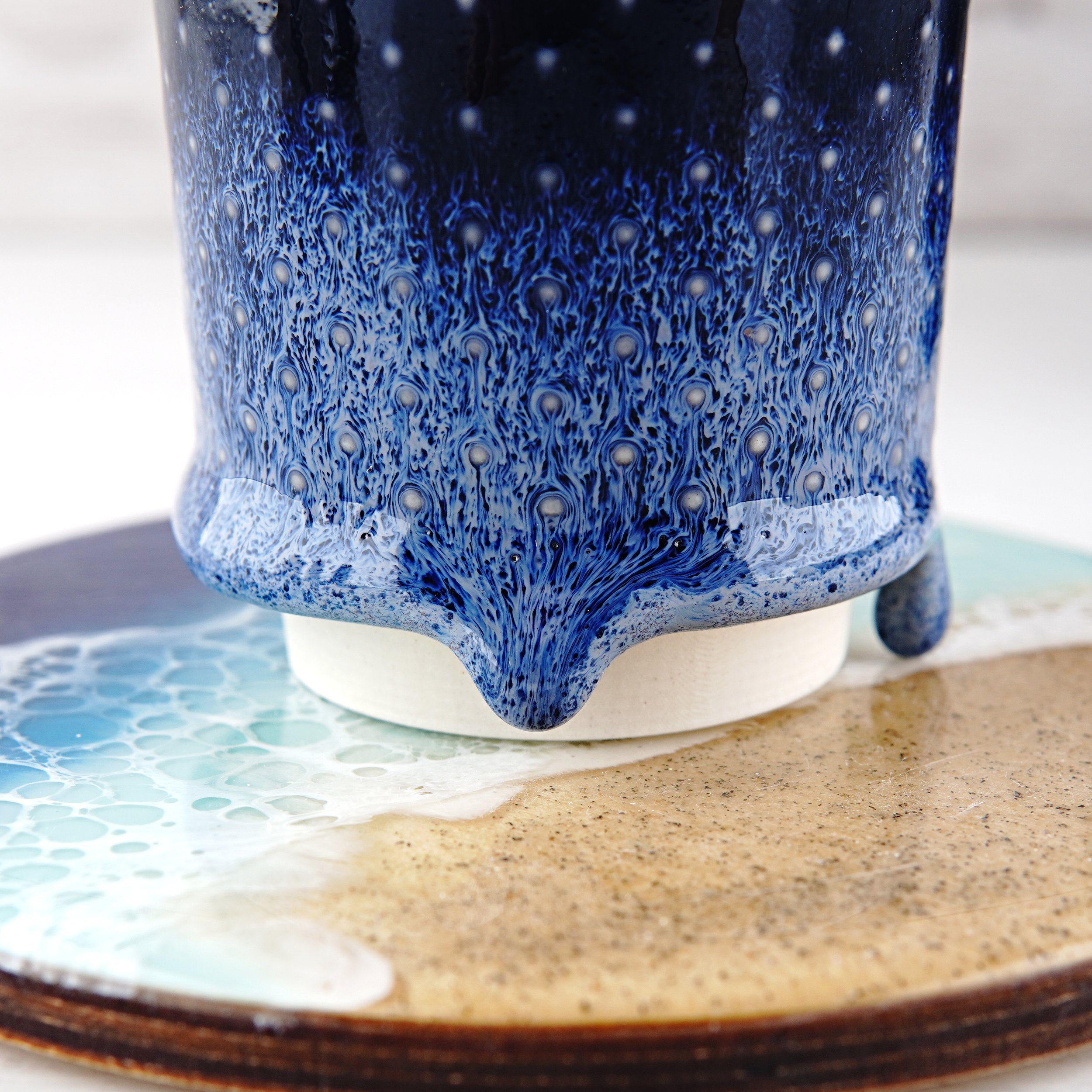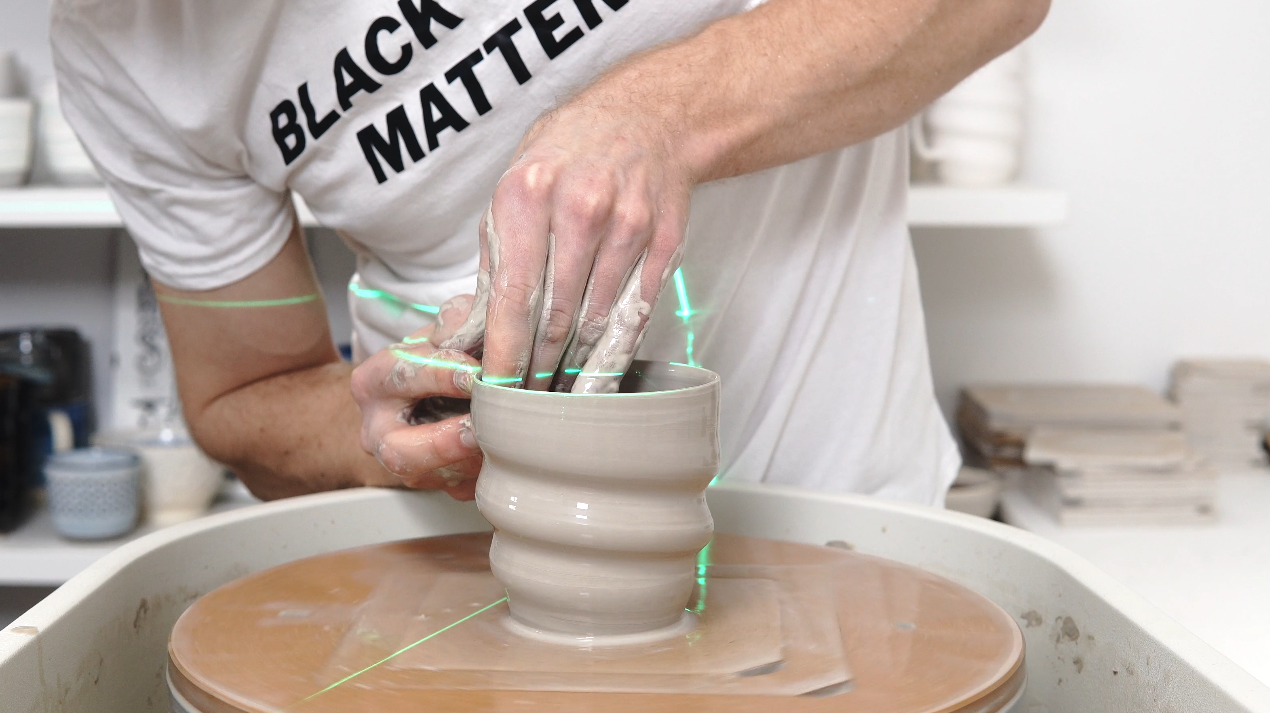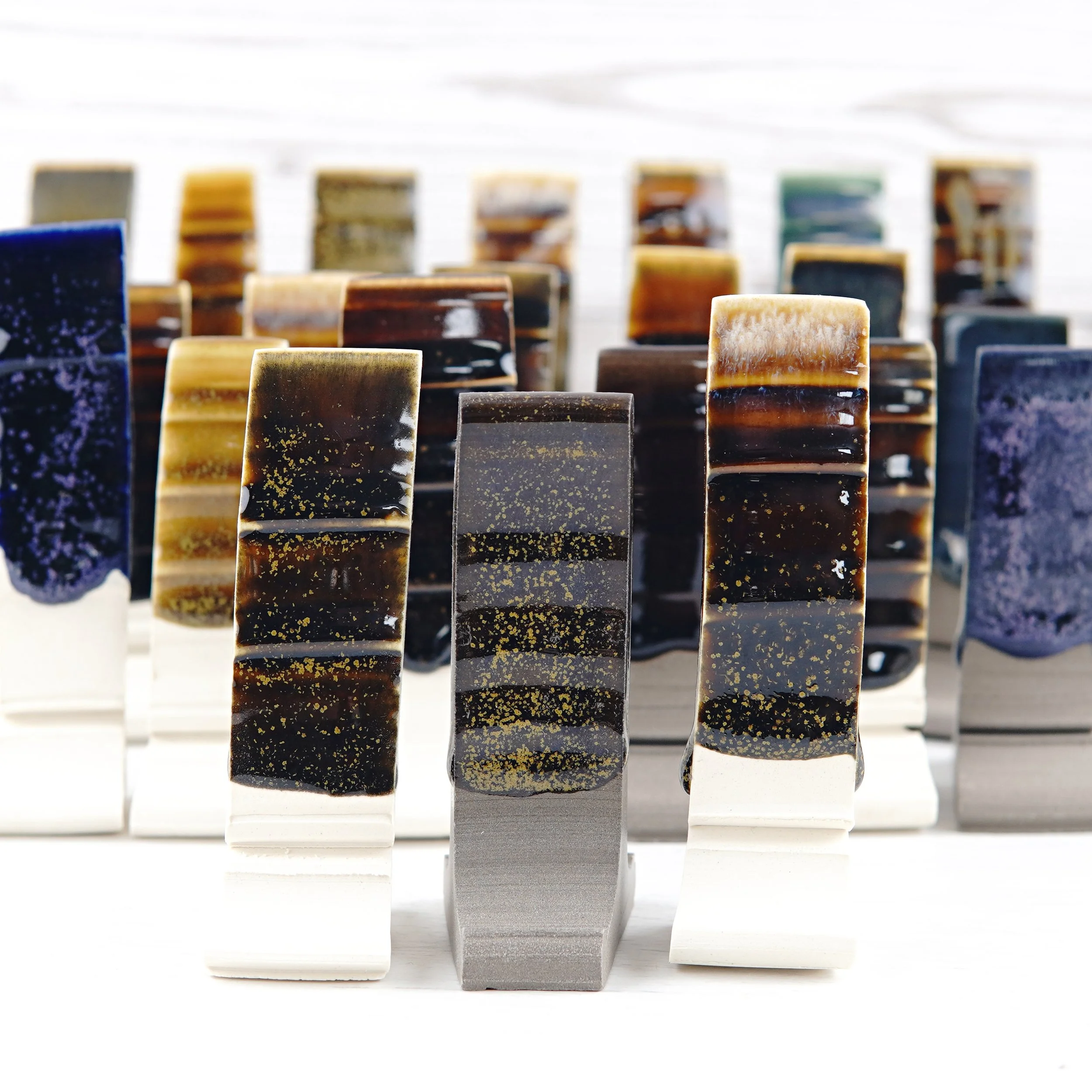Glaze making is an incredibly straightforward process but knowing where to start is far trickier. There are hundreds of available ingredients, and it’s not clear which ones you should buy first. The good news is that for cone 5-7 firings, you can do almost everything with 5 ingredients in the glaze base. These are the ingredients you’ll need to buy in larger amounts, so simplifying the base recipe allows you to have a selection of glazes without committing too much money or storage space.



















